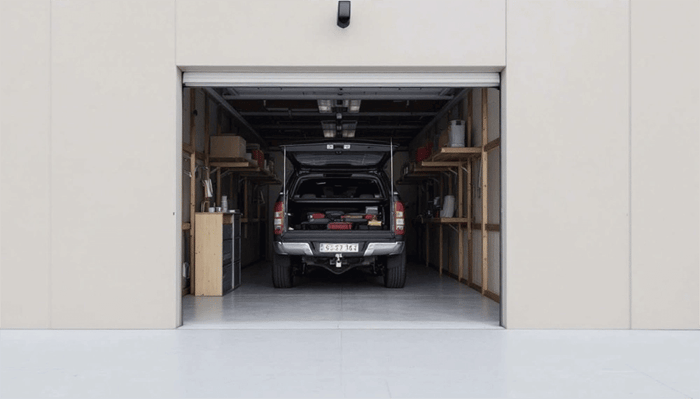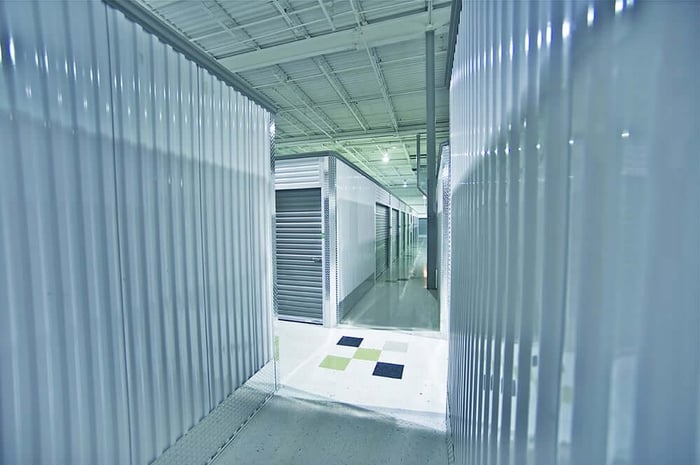Table of Contents
Downsizing your home is a significant life transition, often bringing with it a mix of excitement and apprehension. As you prepare to move into a smaller space, one common challenge arises: what to do with all your belongings. This is where self-storage can become an invaluable tool, transforming a potentially overwhelming process into a manageable and even enjoyable journey. By providing a flexible solution for your possessions, a storage unit allows you to downsize thoughtfully, without the pressure of making hasty decisions.
Downsizing With a Storage Unit: Why It Matters
Downsizing your home is a significant life transition, often bringing with it both excitement and apprehension. One of the biggest challenges is deciding what to do with all your belongings.
That’s where downsizing with self-storage comes in. A self-storage solution provides flexibility, protects valuable items, and helps you move into a smaller space without the stress of making rushed decisions.
Immediate Benefits of a Storage Unit
Imagine a less stressful move where you don't have to decide what to keep, donate, or discard all at once. That's the power of immediate benefits:
When you’re in the middle of a move, it can feel like everything needs to be decided at once. A unit provides you with breathing room, allowing you to make the transition at your own pace. Instead of feeling overwhelmed, you can move into your new home with clarity and less stress.
Reduces moving stress – Store overflow items instead of crowding your new home.
Creates breathing room – Move essentials first and retrieve other belongings later.
Facilitates decluttering – Use your unit as a “decision-free zone” while sorting.
FAQ: Is it better to use a storage unit short-term or long-term when downsizing?
Both options work depending on your needs. Many people use short-term storage for moving day overflow, then extend to long-term for seasonal or sentimental items.
Long-Term Advantages of a Storage Unit
Self-storage isn’t just a short-term fix. It can be a long-term solution that makes life in a smaller home more manageable. From protecting family heirlooms to rotating seasonal items, it keeps your new space clutter-free and comfortable.
Flexibility for future needs – Keep items you might want later.
Protection for valuables – Safely store heirlooms, important documents, or collections.
Seasonal storage – Free up closet and garage space year-round by storing holiday décor, sports gear, or off-season clothing.
When to Use a Storage Unit While Downsizing
The right time to use a storage solution depends on your situation, but there are several common scenarios where it can make the downsizing process smoother. Whether you’re still decluttering, waiting to move in, or holding onto sentimental pieces, a unit provides the extra space you need.
During the decluttering phase – Move “maybe” items out of sight to focus on essentials.
Between homes – Protect household items during the transition period.
For sentimental items – Keep treasures safe without overcrowding your new home.
For seasonal/infrequent use – Great for space-saving. Store bulky gear that only comes out occasionally. Between Homes (Temporary Storage)
If there's a gap between selling your old home and moving into your new one, or if your new home isn't quite ready for everything, a unit offers a perfect solution. Instead of coordinating multiple temporary living arrangements for your belongings, everything can be securely housed in one place, ready for when you are. This convenience removes a significant logistical hurdle from your moving plan.
Don’t Forget About Vehicle Storage
If you’re downsizing to an apartment or condo, you may also face limited parking. Many communities offer only one designated space, leaving you wondering what to do with an extra vehicle. This is where storage facilities can be of great help.
Enclosed vehicle units – Keep your car protected from weather and theft.
Covered parking spaces – A more affordable option with partial protection.
Outdoor vehicle storage – Convenient for cars you don’t drive every day.
Storing a vehicle ensures your downsized home stays practical, while keeping your car safe, accessible, and out of the way until you need it.
FAQ: Can I store a car in a standard storage unit?
Yes, most facilities offer enclosed units large enough for cars, but check with your location for vehicle-specific policies.
How to Use a Storage Unit Effectively
If you’ve decided that a storage unit will help with your downsizing journey, the next step is to use it wisely. Taking a thoughtful approach to what you store, how you prepare it, and how you organize your unit will maximize the value you get from the space.
Step 1: Assess Your Storage Needs
Make a clear list of essentials vs. sentimental items.
Step 2: Choose the Right Storage Unit Size and Type
Self-storage comes in different sizes, square footage, and formats. Picking the right one ensures you’re not overspending or underestimating your needs.
5x5: stackable boxes, sports equipment, small furniture, seasonal décor
5x10: studio or small apartment furnishings
10x10: one-bedroom apartment contents
10x15: two-bedroom home with appliances
10x20: three-bedroom home with large furniture and large appliances
Climate-controlled: electronics, wood furniture, documents
Drive-up: heavy items, frequent access
For more assistance in choosing the right size storage solution, check out our Storage Unit Size Guide.
Step 3: Prepare Your Items
The way you pack and protect your items will directly impact how well they hold up in storage.
Clean everything to avoid pests or damage.
Disassemble furniture to save space.
Use sturdy boxes and proper cushioning.
Protect fabrics with airtight containers.
Step 4: Label Clearly
It’s easy to forget what’s in each box over time. Clear labeling saves headaches later.
Step 5: Create an Inventory
A detailed inventory list keeps you organized and makes it easier to track what you’ve stored.
Step 6: Maximize Your Storage Space
You should think carefully about how you arrange your items so you get the most out of your unit.
Stack heavy items on bottom.
Use shelving when possible.
Keep a center aisle for easy access.
Place frequently used items at the front.
Downsizing with Storage Star
When you’re downsizing, a reliable storage partner makes all the difference. Storage Star offers secure, climate-controlled, and drive-up storage units in a variety of sizes, providing you with peace of mind and more space.
Whether you’re transitioning between homes, protecting family heirlooms, or keeping seasonal items safe, we’re here to make your downsizing journey easier. Find your perfect unit near you and start your next chapter with confidence. For more storage tips and assistance, contact us!
FAQs
How long should I keep items in storage when downsizing?
The length of time depends on your situation. If you’re between homes, storage may only be needed for a few weeks or months. For seasonal or sentimental items, it can be long-term. A good rule of thumb is to reassess your stored items every 6–12 months.
Can I store a car in a storage unit?
Yes. Many facilities offer enclosed vehicle units, covered parking, or outdoor vehicle storage. Always check with the storage facility for specific vehicle policies and size requirements.
What size storage unit do I need when downsizing from a three-bedroom home?
Most three-bedroom homes fit well into a 10x20 storage unit, especially if you have large furniture and appliances. If you have fewer bulky items, a 10x15 may be sufficient.
What items should not go into a storage unit?
Avoid perishables, flammable or hazardous materials, plants, pets, and cash or irreplaceable valuables unless properly insured. Always review your facility’s prohibited items list.
How do I keep my belongings safe in storage?
Choose a secure facility with gated access, good lighting, and cameras. Use a high-quality lock, consider storage insurance, and pack items properly to prevent damage.







